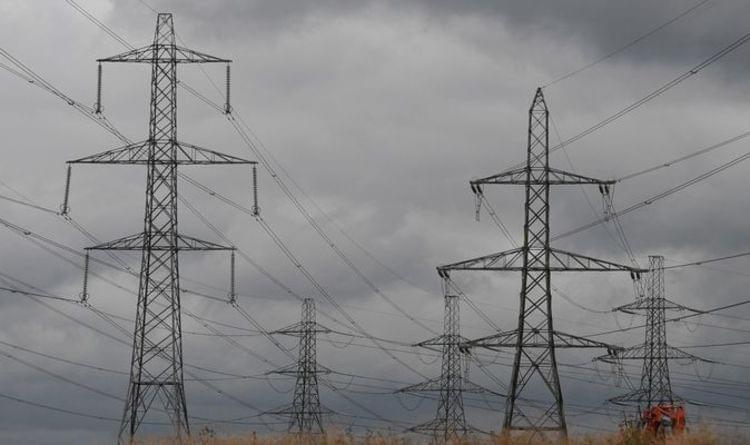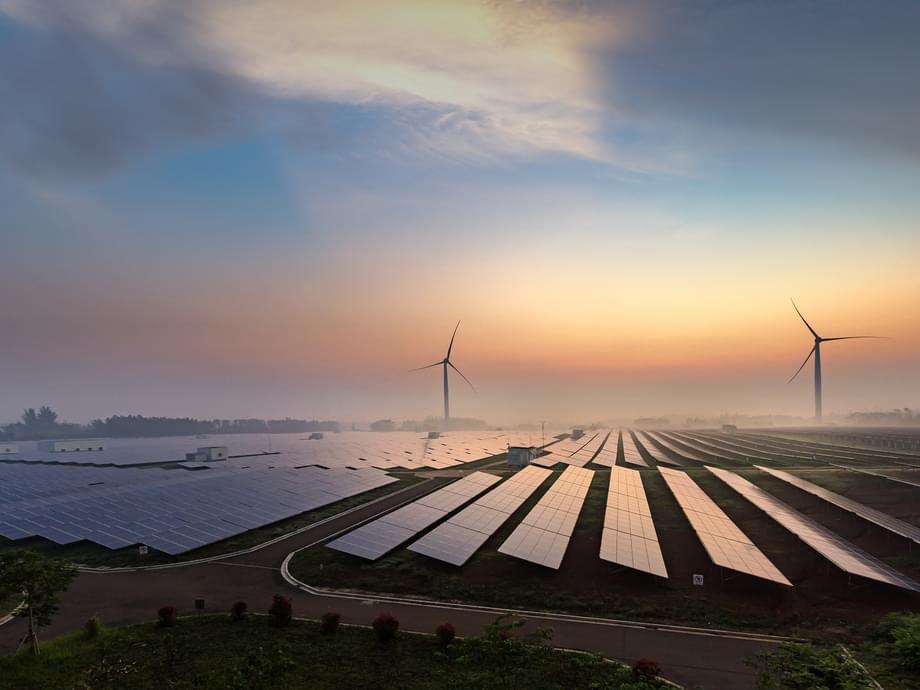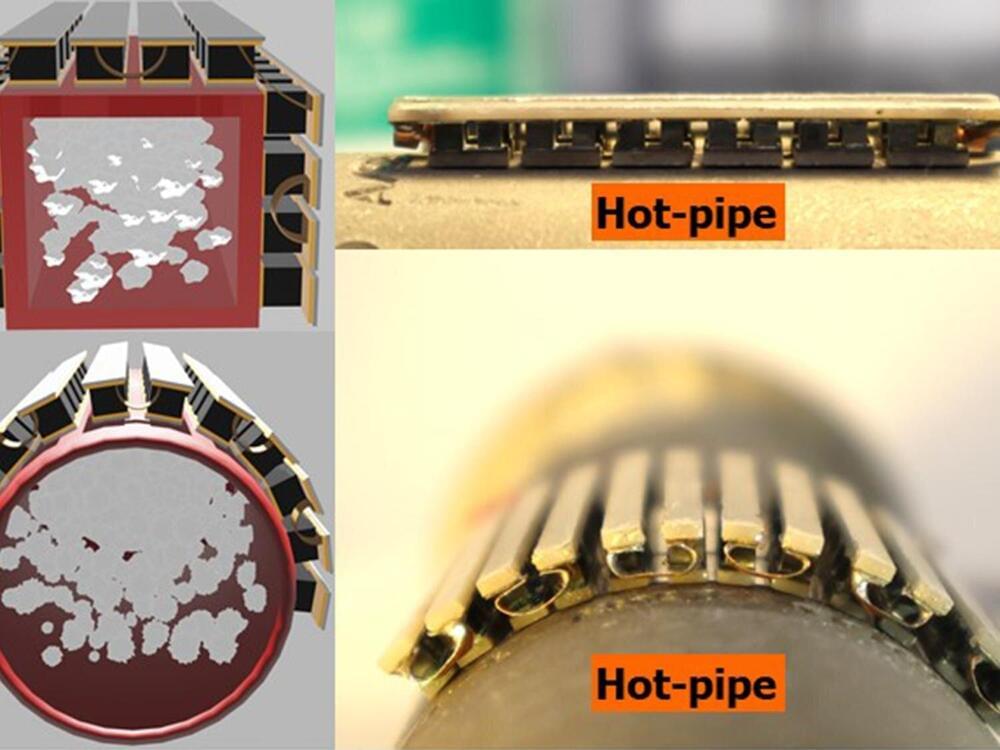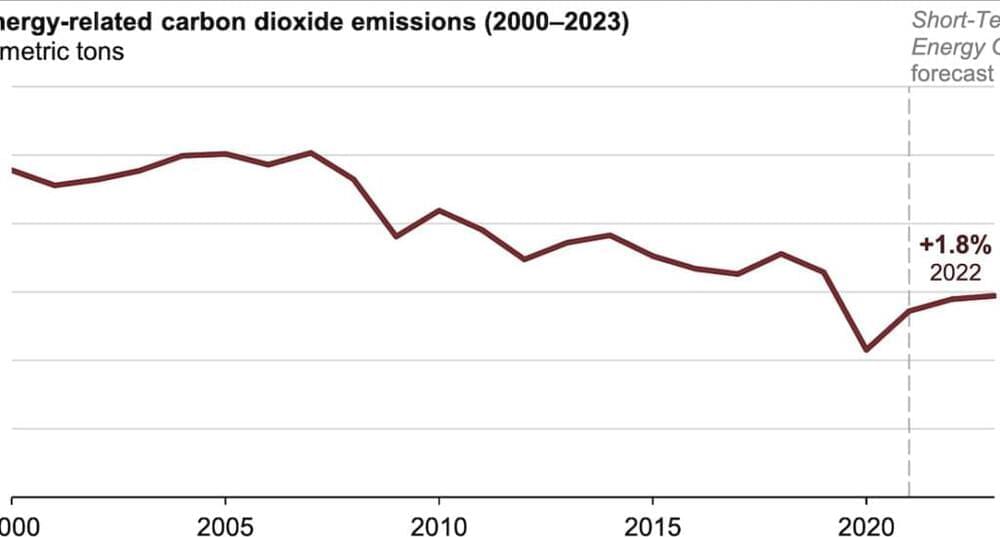MILLIONS of Brits could be hit by electricity blackouts after a series of warnings.


IRENA says green hydrogen could disrupt global trade and bilateral energy relations, reshaping the positioning of states with new hydrogen exporters and users emerging.

Indian billionaire Mukesh Ambani is going big on green energy.
His conglomerate, Reliance Industries, announced Thursday that it would allocate a whopping 6 trillion rupees (approximately $80.6 billion) to renewable power projects in the western Indian state of Gujarat, where it hopes to help generate a million new jobs.
The bulk of that money — about $67.7 billion — will go toward a new power plant and hydrogen system, the company said in a stock exchange filing. Reliance plans to make the massive investment over a 10-to-15-year period, and has already begun scouting for land for the 100-gigawatt capacity site.
As NASA prepares to send astronauts further into the cosmos than ever before, the agency aims to upgrade production of a critical fuel source: food. Giving future explorers the technology to produce nutritious, tasty, and satisfying meals on long-duration space missions will give them the energy required to uncover the great unknown.

Energy storage manufacturer CMBlu has developed — in the context of New Energy — an innovative product: the sustainable flow storage unit. This “Organic Flow Battery” can be a solution or a game-changer for the central question of energy supply, which is: How can green energy be stored safely in large quantities?
Organic Flow Batteries from CMBlu are the first of their kind to be developed for commercial use. The technology is based on readily available, fully recyclable, organic materials. The aqueous electrolytes are non-flammable and ensure absolutely safe and reliable operation. The batteries are freely scalable between output and capacity. They can therefore be precisely adapted to the individual requirements of the corresponding application with corresponding cost advantages. The system-inherent separation of electrolyte and actual energy converter not only avoids the effect of self-discharge, but also enables the restoration of the original performance by simply replacing individual components instead of the entire battery.


Over 70,000 jobs will be created through the rising battery manufacturing in Europe within the next years, new studies predict.
The energy supply in Germany and Europe has never been more in flux. As the success of renewable energies continues to mount, another technology is coming into focus. Energy storage technologies and battery storage systems in particular are becoming increasingly important with the advancement of the energy transition. This development also has significant implications for Germany as an economic center, since battery production is expected to create thousands of jobs here in the future.
Europe has not traditionally played a very significant role as a site for battery cell production, but technical advances, favorable political conditions and an especially promising sales market are making the continent increasingly attractive for battery production. A look at the key role that battery cell production plays in upstream value chains – throughout the renewable energy supply sector and especially in the manufacture of electric vehicles – makes its significance clear. Battery cells represent approximately 40 percent of the value added in the production of an electric vehicle. So it is no wonder that production capacities for lithium-ion batteries are growing faster in Europe than in any other region of the world. Current forecasts predict that the continent’s share in this global manufacturing business will increase from around 6 percent now to 16 to 25 percent by 2030.
Numerous battery cell manufacturing plants are currently being built in Europe. According to Benchmark Mineral Intelligence, Europe is expected to host manufacturing facilities capable of producing more than 300 gigawatt hours (GWh) of battery capacity by 2029. The meta-study “Batteries for electric cars: Fact check and need for action,” commissioned by VDMA and carried out by Fraunhofer Institute for Systems and Innovation Research ISI, even suggests that production capacities of 300 to 400 GWh could be achieved by 2025. The website Battery-News.de anticipates that the German market alone will account for more than 170 GWh of production capacity. By way of comparison, Europe currently has around 30 GWh of production capacity.

The energy systems that power our lives also produce wasted heat—like heat that radiates off hot water pipes in buildings and exhaust pipes on vehicles. A new flexible thermoelectric generator can wrap around pipes and other hot surfaces and convert wasted heat into electricity more efficiently than previously possible, according to scientists at Penn State and the National Renewable Energy Laboratory.
“A large amount of heat from the energy we consume is essentially being thrown away, often dispersed right into the atmosphere,” said Shashank Priya, associate vice president for research and professor of materials science and engineering at Penn State. “We haven’t had cost-effective ways with conformal shapes to trap and convert that heat to useable energy. This research opens that door.”
Penn State researchers have been working to improve the performance of thermoelectric generators—devices that can convert differences in temperature to electricity. When the devices are placed near a heat source, electrons moving from the hot side to the cold side produce an electric current, the scientists said.

Researchers from the Institute of Photonics and Nanotechnologies of the Cnr and the Politecnico di Milano have built a battery which, following the laws of quantum physics, has a recharge time that is inversely related to the amount of stored energy.
Quantum batteries are a new class of energy storage devices that operate according to the principles of quantum physics, the science that studies the infinitely small where the laws of classical physics do not always apply. Tersilla Virgili of the Institute of Photonics and Nanotechnologies of the National Research Council (Cnr-Ifn) and Giulio Cerullo of the Physics Department of the Politecnico di Milano have shown that it is possible to manufacture a type of quantum battery where the charging power increases faster by increasing the battery capacity. The work, carried out together with other international research groups, was published in Science Advances.
“Quantum batteries have a counter-intuitive property in which the recharge time is inversely related to the battery capacity, that is the amount of stored electrical charge,” explains Virgili. “This leads to the intriguing idea that the charging power of quantum batteries is super-extensive, meaning that it increases faster with battery size.”

In our latest Short-Term Energy Outlook, we forecast that U.S. energy-related carbon dioxide (CO2) emissions will increase in both 2022 and 2023 but remain below 2019 levels. In 2020, U.S. energy-related CO2 emissions decreased by 11% as energy use declined during the onset of the COVID-19 pandemic. As the U.S. economy began to return to pre-COVID activity, CO2 emissions increased by an estimated 6% in 2021. We expect increasing economic activity, along with other factors, will result in those emissions increasing by another 2% in 2022 and remaining virtually flat in 2023.
We forecast that, by 2023, U.S. energy-related CO2 emissions will total 4,971 million metric tons (MMmt) — still 3% below the 5,144 MMmt of CO2 emissions generated in 2019 and 17% below the peak level of 6,016 MMmt in 2007.
U.S. petroleum-related CO2 emissions increased 8% in 2021, and we forecast that they will increase by another 5% in 2022 and an additional 1% in 2023 as travel activity continues to increase. We forecast that in 2022, the number of vehicle miles traveled in the United States, which affects motor gasoline and diesel consumption, will return to 2019 levels and that air travel will increase by 4% over 2019.